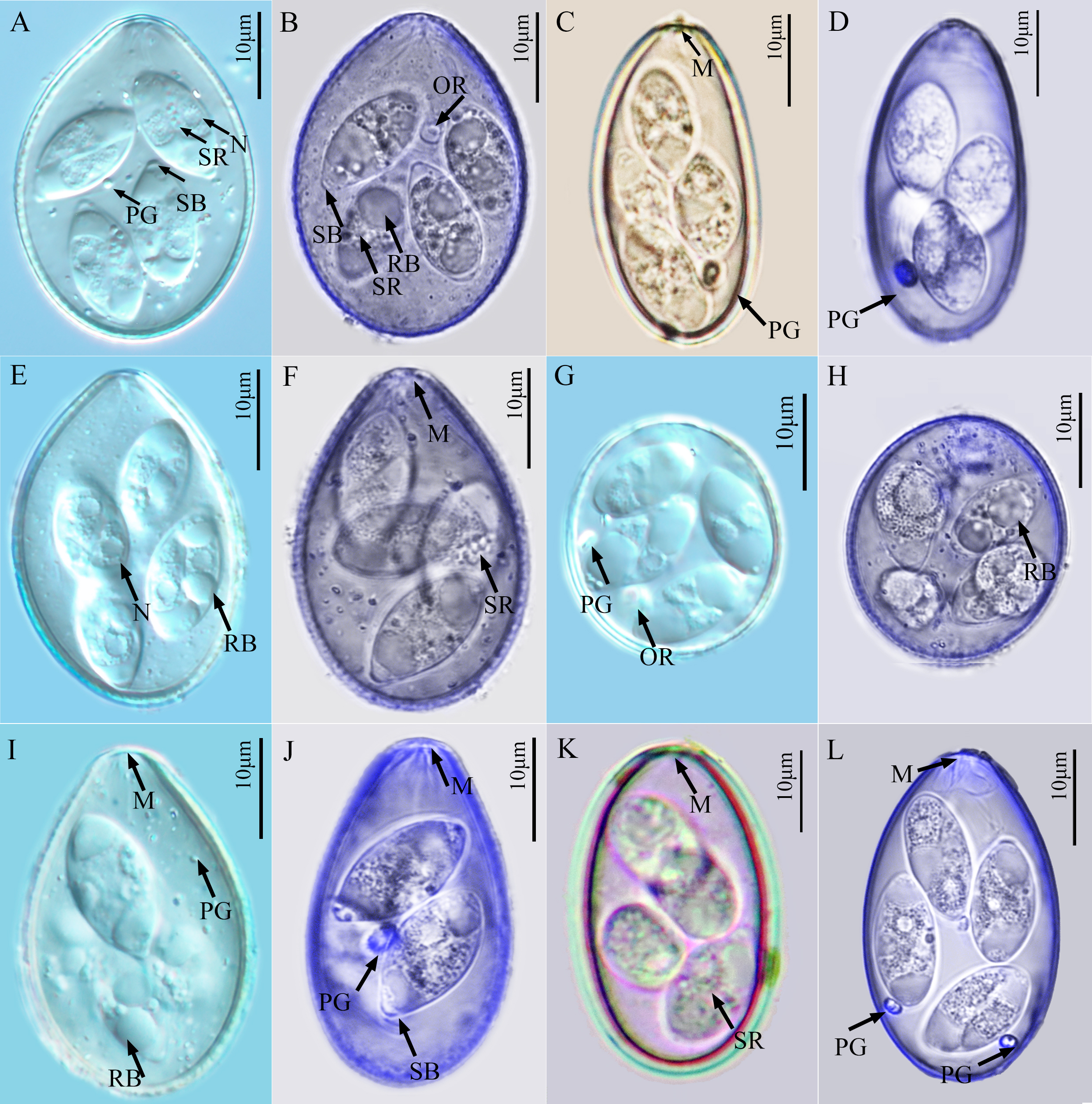Dwarf musk deer on:
[Wikipedia]
[Google]
[Amazon]
The dwarf musk deer or Chinese forest musk deer (''Moschus berezovskii'', ) is an
 As most animals, the dwarf musk deer harbours a number of parasites. In 2021, a study showed that ten species of
As most animals, the dwarf musk deer harbours a number of parasites. In 2021, a study showed that ten species of
artiodactyl
The even-toed ungulates (Artiodactyla , ) are ungulates—hoofed animals—which bear weight equally on two (an even number) of their five toes: the third and fourth. The other three toes are either present, absent, vestigial, or pointing poster ...
native to southern and central China
China, officially the People's Republic of China (PRC), is a country in East Asia. It is the world's List of countries and dependencies by population, most populous country, with a Population of China, population exceeding 1.4 billion, slig ...
and northernmost Vietnam
Vietnam or Viet Nam ( vi, Việt Nam, ), officially the Socialist Republic of Vietnam,., group="n" is a country in Southeast Asia, at the eastern edge of mainland Southeast Asia, with an area of and population of 96 million, making ...
. The species name is after the collector Mikhail Mikhailovich Berezovsky
Mikhail Mikhailovich Berezovsky (1848 - 5 April 1912) was a Russian ornithologist and ethnologist who explored central Asia and other region as part of Russian expeditions. He made numerous collections of natural history and anthropological interes ...
. On June 14, 1976, China entered the dwarf musk deer onto its endangered species list. Four subspecies are recognized:
*''Moschus berezovskii berezovskii'' Flerov, 1929
*''Moschus berezovskii bijiangensis'' Wang & Li, 1993
*''Moschus berezovskii caobangis'' Dao, 1969
*''Moschus berezovskii yanguiensis'' Wang & Ma, 1993
Parasites
 As most animals, the dwarf musk deer harbours a number of parasites. In 2021, a study showed that ten species of
As most animals, the dwarf musk deer harbours a number of parasites. In 2021, a study showed that ten species of Eimeria
''Eimeria'' is a genus of apicomplexan parasites that includes various species capable of causing the disease coccidiosis in animals such as cattle, poultry and smaller ruminants including sheep and goats. ''Eimeria'' species are considered to be ...
, which are apicomplexan
The Apicomplexa (also called Apicomplexia) are a large phylum of parasitic alveolates. Most of them possess a unique form of organelle that comprises a type of non-photosynthetic plastid called an apicoplast, and an apical complex structure. The ...
protozoans living in the digestive tract, were specific of this host.
References
Notes
{{Taxonbar, from=Q277469 Musk deer Mammals described in 1929